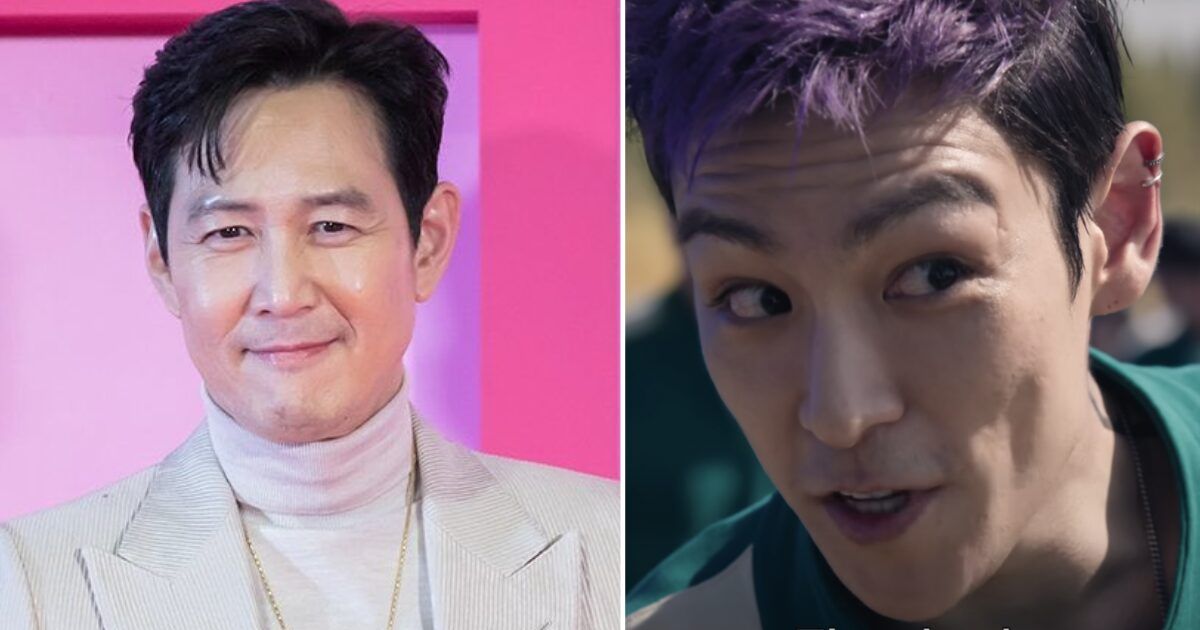In recent years, South Korea has experienced a remarkable evolution in its television landscape. Fusion historical dramas have emerged as a popular genre, skillfully combining traditional Joseon-era settings with modern characters and stories. This blend creates a rich tapestry that resonates with contemporary audiences. Unlike earlier dramas that focused on strict historical accuracy, these shows embrace innovative approaches that reflect current societal issues while entertaining viewers.
A significant aspect of fusion historical dramas is their bold portrayal of LGBTQ+ characters. Trailblazing productions like "The Tale of Lady Ok" introduce LGBTQ+ protagonists and address themes of identity and minority rights. For instance, the story of Ok Taek-young, a female lead navigating deception and survival, captivates younger viewers. This fresh perspective not only entertains but also ignites crucial discussions about acceptance and representation in society, achieving impressive ratings of 9%.
Character development is crucial in these narratives. In "The Tale of Lady Ok," Gu Deok-gi rises from a lowly status to nobility, challenging societal class limitations. Such arcs of social mobility and personal empowerment resonate deeply, inviting viewers to reflect on their own aspirations and struggles.
However, the inclusion of LGBTQ+ themes has sparked controversy. Some viewers express discomfort with the sudden introduction of a male character’s sexual identity. Others commend the series for authentically portraying marginalized groups. This dichotomy highlights the ongoing dialogue about representation in media and the importance of catering to diverse audience expectations.
Another fascinating entry in the genre is "Check In HanYang." This drama transports audiences to a luxurious hotel during the Joseon period. By focusing on the lives of young interns, it skillfully blends historical elements with modern sensibilities. This creative fusion exemplifies how historical dramas are evolving to reflect contemporary realities.
The trend of genre blending has also gained traction. Historical dramas now incorporate elements from other genres, such as fantasy and thriller. Productions like KBS’s "Fantasia" and the highly anticipated "Wongyeong" showcase how these narratives push boundaries to enhance storytelling and engage audiences.
While fusion historical dramas effectively tap into current societal issues, a careful balancing act is necessary. Striking the right chord between historical authenticity and modern relevance is crucial. This balance helps avoid backlash for sensationalism or provocation. As viewers’ expectations evolve, so too must the narratives, demanding stories that resonate with contemporary issues while maintaining their entertainment value.
The landscape of South Korean dramas is changing. A new wave of storytelling emerges that not only entertains but also challenges societal norms and fosters dialogue. As fusion historical dramas continue to rise in popularity, they promise to reshape how history is perceived. These shows bridge the gap between the past and the present in meaningful and engaging ways.
This article has been written by Kpopmap AI writer and while we have made efforts to ensure the accuracy of the article, there may be errors or inaccuracies.
 2 days ago
6
2 days ago
6


















 English (US) ·
English (US) ·